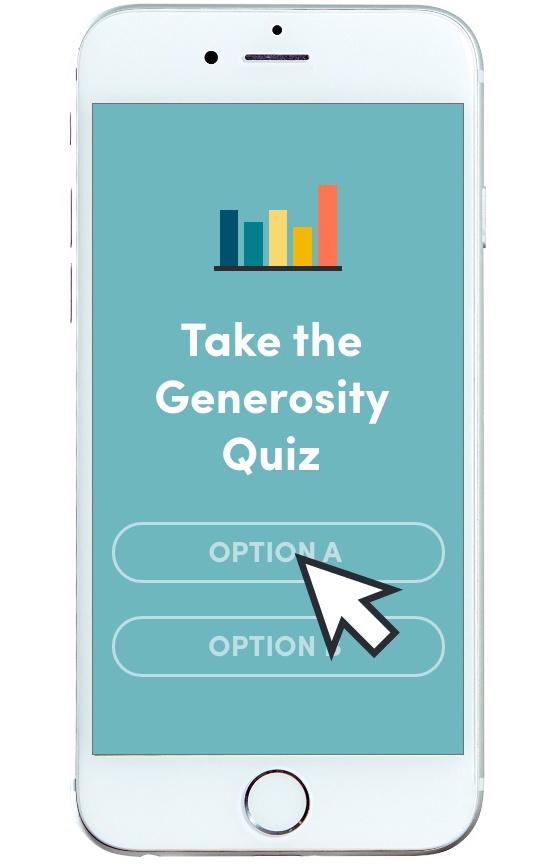It’s not the same ballgame as a project update for team leaders!
Yes, giving presentations to stakeholders can be a little nerve-wracking. You want to make sure you set the right tone and deliver the appropriate content to achieve whatever purpose the presentation serves. It’s also important to see these events as opportunities to be noticed by senior level executives. Good presentations to stakeholders will help cement your position and possible growth opportunities!
Be clear about your audience
Strong public speaking skills can be very helpful. And, when it comes to the content of a presentation, knowing your audience is key. The CEO may not be interested in operational level details or want to understand the intricacies of the project at a micro level. Your content needs to be geared to the audience you are delivering to.
Most executives are more interested in the macro level, like:
- Where the project is on the projected timeline
- How much it’s going to cost at the end
- How will it be implemented
- What is the overall return on investment
The details of HOW you get there on a day to day basis aren’t irrelevant to the senior level, but they typically don’t need a presentation on these.
Make sure you find out who will be in attendance and whether they have their own agenda to be taken into consideration. This is a good time to tap other team leaders who have presented to the executive group before for advice!
Be specific
If you’re being asked to present to the C-Suite on the projected return on investment and participation levels, don’t start talking about human resources issues, or other items that weren’t specifically requested. Executives don’t have a lot of time on their hands so wasting any of it will not result in a favorable view of your skills.
“Assembling five C-level leaders from a $5 billion company costs shareholders $30,000 per hour. CEO’s report that 67 percent of the meetings they attend with subordinates are total failures—resulting in a huge productivity loss for the company.” (SOURCE)
Also, when making presentations to stakeholders, skip the dramatic lead up to the most important part of your presentation and get to the meat of it, right off the top. People with limited time will appreciate your getting to the point.
Be prepared
Even if you were asked to present on a particular topic or area of a project, be prepared to answer questions that aren’t specifically on that topic. You have an audience with the decision makers so make sure that you can handle what they throw at you. Don’t lie, though, or make things up. There’s no way to dig yourself out of that kind of mistake.
Be confident
This is part of being prepared. If you’re ready for questions and queries — without shuffling paper, avoiding eye contact, and doing a lot of excessive hemming and hawing — you will come off confident and knowledgeable.
For ANY audience, but even more so with the C-Suite, confidence breeds confidence. They’ll lend more weight to your statements if they feel you know what you’re talking about. Content is still the most important part but delivery, and particularly poor delivery, can hurt the message.
Be respectful of the clock
If you’ve been given thirty minutes, don’t exceed it. Time your presentation to allow for a question and answer session afterward. It’s important to respect the clock and people’s time. Practice your presentation beforehand, several times.
Finally, remember that stakeholders and C-Suite executives are just people who put on their pants like all the rest of us do: one leg at a time. They’re not gods and while they might have some input into your corporate fate, they’re not to be feared.
Ultimately, you all have the same goals: the success of the project and the company. So keep that in mind, get ready and knock it out of the park!

Take the quiz:
What's your generosity quotient?
To become a groundbreaking leader, you need to know where you stand. Discover your default generosity style with our free assessment.



